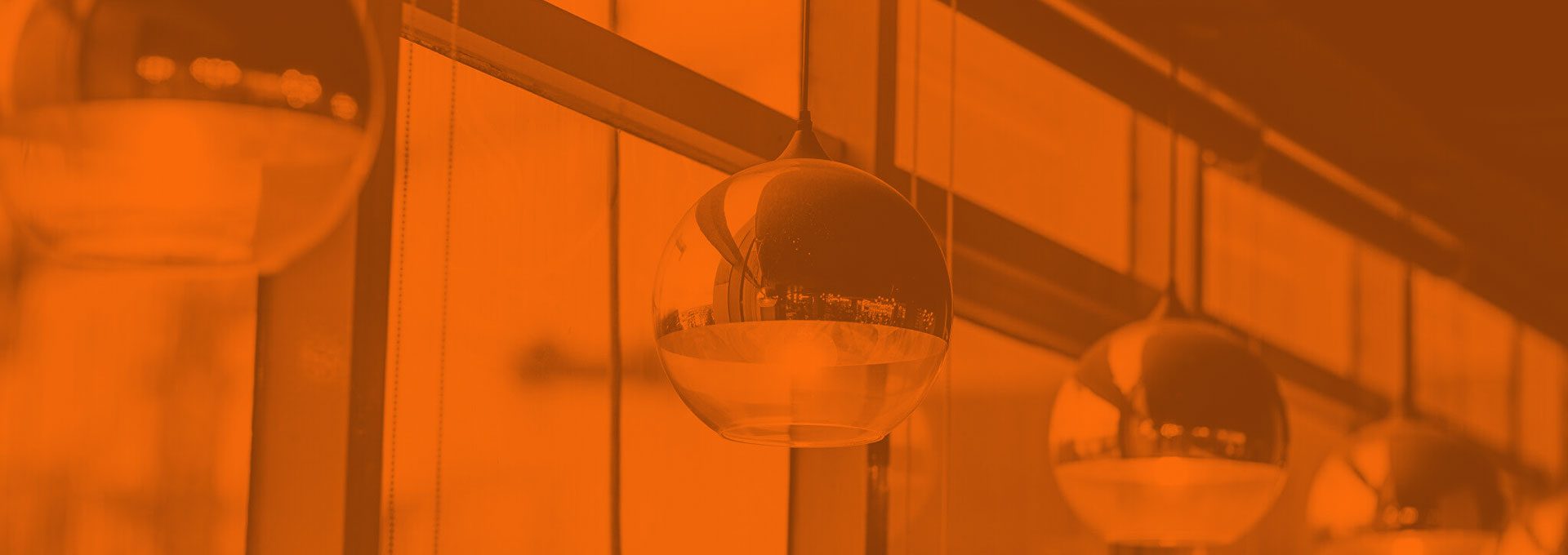Sustainability is arguably one of the most common considerations for businesses looking to future-proof their strategies and ways of working. However, making the workplace more sustainable and eco-friendly is a practice that today’s business ignore at their own risk. That’s because customers and employees are drawn to companies, businesses and brands that can demonstrate a commitment to sustainability. This, plus increased legislation and regulation in forward thinking states and countries, continues to increase the pressure for business owners to dramatically reduce their carbon footprint.
Historically, lighting has been one of the simplest and most obvious means of making an office space more sustainable. Not only are eco-friendly lights more likely to offer a better working environment for everyone concerned, but their design is such that they have the potential to both decrease your company’s overall energy bill, while simultaneously increasing your environmental credentials. The proliferation of more sustainable light fittings also means that it’s easier to create different lighting states which are more conducive to a working environment.
But, investing in the right lighting technologies can be hard, and with so many different designs on the market, it can be difficult to know which one is the most suitable for your office, and which can offer you the best value for money. The following information can help you make the best choice for your business:
LED Lighting
Instead of light being emitted from a vacuum, as with normal light fittings, the light in LED bulbs comes from a semi-conductive diode – when electricity is passed through it, the movement of free electrons creates light. This is why LED lighting is known as “solid-state” lighting. LED is the newest energy efficient lighting technology, but not necessarily the most popular, although this is admittedly changing. In the past, LED lights were dimmer than their incandescent counterparts; so while they were more environmentally friendly, consumers found them too dim for residential or commercial use. However, this is now changing, with LED fittings now able to operate at the same levels as less environmentally lighting.
This means that, in the years to come, LED lights are likely to become the most sustainable of all the major light fittings on the market. They can last up to 100 times longer than incandescent bulbs, dramatically bringing down the cost of replacing your light fittings in the long-term. LED lighting also boasts a wider range of color temperatures, meaning that it’s possible to create different lighting zones and states within an office environment to make it a more relaxing and productive workplace.
Sustainability Rating: 8/10 – LED lighting is arguably the most sustainable lighting solution for any office, although they can be expensive.
CFL Light Fittings
Like their LED counterparts, CFL lighting is significantly more energy efficient than incandescent lighting, using anywhere from one fifth to one third of the power over its lifespan. CFL bulbs are the most common form of energy saving bulb, although this is likely to change as LEDs increase in popularity. CFL bulbs work by exciting gases within the bulb itself, which then comes into contact with a phosphorus layer within the bulb. This then causes the phosphorus layer to produce light. CFL light fittings are harder to recycle than LED lights, as they contain small quantities of mercury, which means that care must be taken when recycling them. They can also take longer to brighten up than traditional bulbs, meaning that they’re not ideal for hall-ways, atriums or public spaces.
While CFL light fittings may be cheaper than LED, the drawbacks to their design outlined above mean that they may not be the most sustainable option for an office environment.
Sustainability Rating 6/10 – arguably the cheapest sustainable lighting solution on the market, but not necessarily the best candidate for an office space, as they can be slow to light up, and are more difficult to recycle.
Halogen Light Fittings
Halogen light fittings are powered by a filament enclosed within halogen gas. Halogen lights bulbs are the closest you can come to the light produced by incandescent, old fashioned light bulbs, while also guaranteeing that you are being more energy efficient. They use 20-30% less energy than the old fashioned incandescent bulbs. They are the cheapest of the lighting options on the market, as it is possible to buy them for as little as $1.50 (or £1).
The advantages of halogen light fittings are that they reach full power at the same speed of traditional light fittings, which may be advantageous for large office spaces. But, while there are some cost savings from using halogen light fittings, they may ultimately be negligible if you’re looking to saving money and make an office space more energy efficient in the long term. Their life-spans are also shorter than CFL or LED.
Sustainability Rating – 5/10 – halogen offers the benefits of a traditional incandescent bulb, but the cost savings aren’t really notable enough to make a difference to any sustainability/green energy drive that you may wish to undertake.
Architectural Modifications
It’s not just new lighting technologies which can lead to a more productive and more environmentally friendly office space. There are other means of making adjustments to a commercial building to better aid a more sustainable business strategy. Just making a few architectural modifications to an office can play a big role in making it brighter and less reliant on artificial source of light. For example, daylighting design is the means by which windows, skylights and light shafts can be arranged so as to maximize the natural light of any given space.
Ready to improve your office lighting? Efficient Light offers a wide range of LED and other lighting products to the trade and consumers, offering design and installation services. To learn more, visit: www.efficientlight.co.uk
_____________________________________________________________________
Author Bio:
John Stuart
www.efficientlight.co.uk




